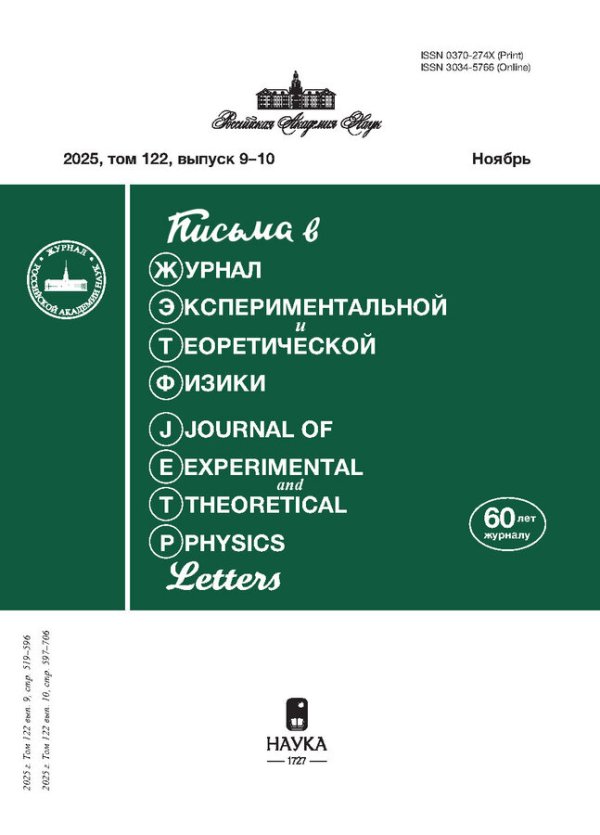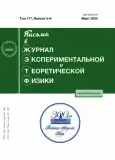Transfer of Secret Keys in a Quantum Network with Trusted Intermediate Nodes and with Block Cipher Encryption
- Authors: Molotkov S.N1,2
-
Affiliations:
- Academy of Cryptography of the Russian Federation
- Osipyan Institute of Solid State Physics, Russian Academy of Sciences
- Issue: Vol 117, No 5-6 (3) (2023)
- Pages: 470-479
- Section: Articles
- URL: https://vestnik.nvsu.ru/0370-274X/article/view/662569
- DOI: https://doi.org/10.31857/S1234567823060125
- EDN: https://elibrary.ru/QTPVTF
- ID: 662569
Cite item
Abstract
The quantum cryptography technology allows key distribution in individual segments of a network in a point–point configuration; then, keys in individual segments are used to protect traffic between any nodes of the network, which are not connected directly by a quantum channel. Correspondingly, the problem of negotiation (distribution) of keys between separate segments of the network appears. In this work, the problem of the transmission of an independent key through trusted nodes of the quantum network, between which keys are provided as a result of quantum key distribution, is considered. Quantum keys are used to encrypt the transmitted key. The transmitted key can be encrypted by both the block cipher and the one-time pad. It has been shown that the complexity of search for the key transmitted through the network depends on the imperfection of the external key and quantum keys as well as on the imperfection of the block cipher, i.e., on the average probability of collisions in the block cipher. The complexity in the case of the encryption of the transmitted key by the one-time pad depends only on the imperfection of the transmitted key and encryption keys. Perfect keys keep the perfectness of the transmitted key. In the block cipher, the transmitted key is no longer perfect even with the perfect keys in the measure of difference of the block cipher from the one-time pad. It has also been shown that the larger the number of collisions of the block cipher, i.e., the smaller the number of ciphertexts covered by the block cipher, the smaller the number of search steps required to find the key.
About the authors
S. N Molotkov
Academy of Cryptography of the Russian Federation; Osipyan Institute of Solid State Physics, Russian Academy of Sciences
Author for correspondence.
Email: sergei.molotkov@gmail.com
121552, Moscow, Russia; 142432, Chernogolovka, Moscow region, Russia
References
- https://www.youtube.com/watch?v=0WAuDcYhKbo.
- R. Renner, arXiv:quant-ph/0512258v2 11 Jan 2006.
- Ch. Portmann and R. Renner, arXiv:1409.3525v1 [quant-ph] 11 Sep 2014.
- C. E. Shannon, A Mathematical Theory of Communication, Bell System Technical Journal, July, 379 (1948)
- Oct., 623 (1948)
- The material in this paper appeared originally in a con dential report A Mathematical Theory of Cryptography, dated Sept. 1, (1945).
- I. M. Arbekov, Математические вопросы криптографии 78(2), 27 (2017).
- И. М. Арбеков, С. Н. Молотков, ЖЭТФ 151(6), 1 (2017).
- M. M. Wilde, arXiv:1106.1445v6 [quant-ph] 2 Dec 2015.
- С. Н. Молотков, Письма в ЖЭТФ 117, 80 (2023).
- S. N. Molotkov, Laser Phys. Lett. 19, 075203 (2022).
- Д. Д. Сукачев, Успехи физических наук 191(10), 1077 (2021), раздел 6.2 "Доверенные узлы".
Supplementary files








